Spotlight on Spode
We recently looked at the history of Wedgwood, a brand of Staffordshire pottery made famous by its founder, Josiah Wedgwood I.
Today we will learn about another Josiah who created another famous pottery brand in the Stoke-on Trent area - Spode.
Like Wedgwood, there were a number of Josiahs in this family dynasty as well. However, it is Josiah I and II who perfected two different aspects of ceramics that are still produced today – Willow ware, (using transfer printing) and fine bone china.
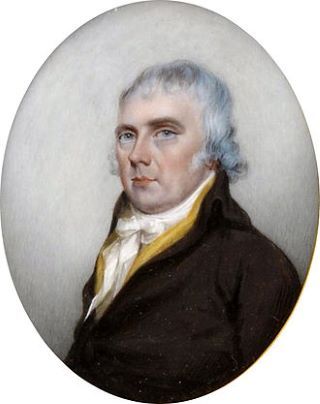

Josiah Spode I was born in 1733, the only son of poor parents. He had a similar early history to Josiah Wedgwood as his father, (also Josiah!), died when he was only 6. But he managed to stay at school until he was 16, when, like Wedgwood, he also became an apprentice potter, until he was 21.1
He then gained further experience with other potters in the area and eventually established his own business in 1767 in a small, rented pottery. He was successful with it and, in 1776, was able to buy out the pottery of his former employer, William Banks. This became the Spode factory with continuous production on the same site until 2008.1

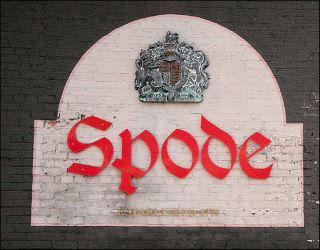
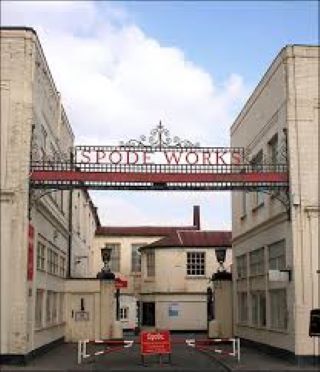
Spode early products were earthenware such as creamware (a fine cream-coloured earthenware) and pearlware (a fine earthenware with a bluish glaze) as well as a range of stoneware including black basalt, caneware, and jasper all of which had been popularised by his friend, Josiah Wedgwood. 2
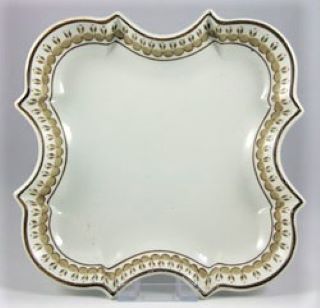
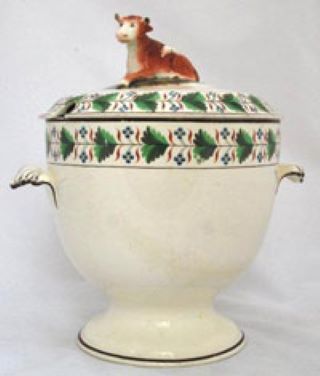
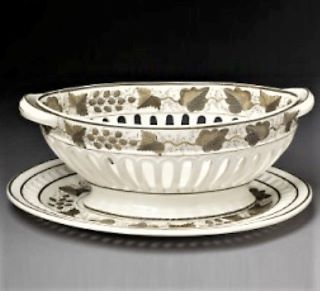
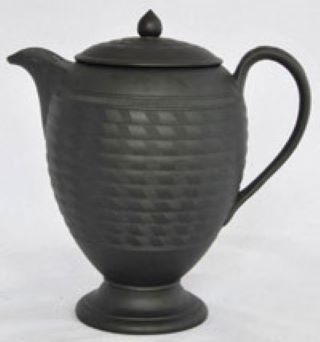
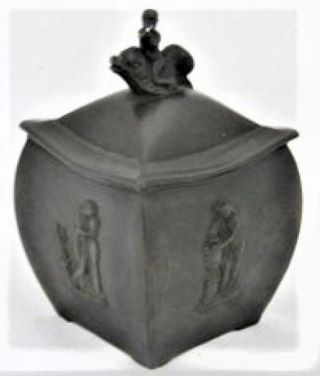
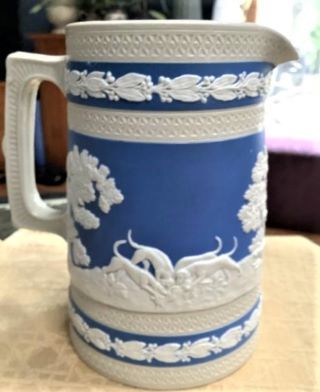
However, Josiah I is particularly recognised as having developed the technique for underglaze transfer printing on earthenware around 1784 and to have produced the first printed “Willow” patterns 1784-90s. 1 .
You can read more about Willow ware in our previous post by clicking here. You can also read more about the technical processes involved in transfer printing by clicking here.
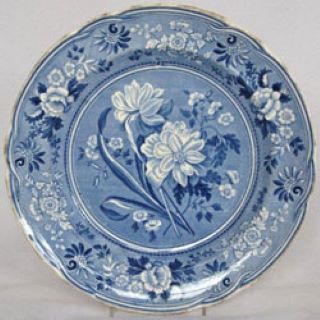
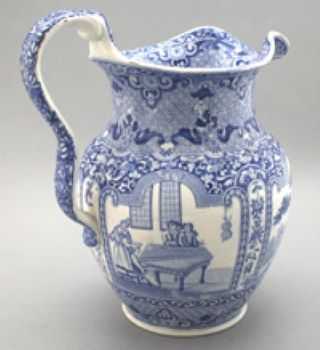
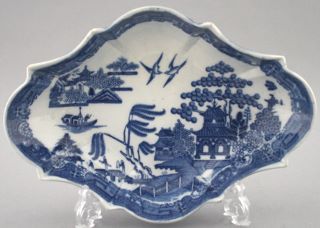
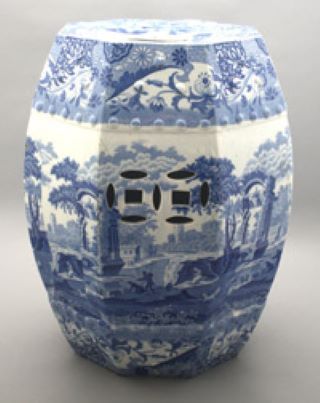
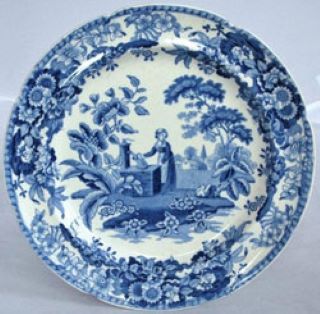
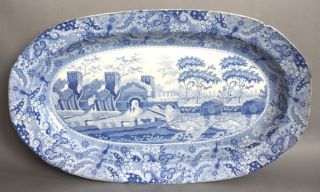
Josiah then focused his attention on the manufacture of porcelain, a technically more difficult, more delicate material than he had previously used. Through rigorous experimentation, Josiah created a unique, calcareous (chalky) ingredient which enabled him to create a strong, chip-resistant, translucent porcelain in 1796.3
He initially called this “Stoke China” but shortly afterwards renamed “Bone China”, because of the high proportion of calcined ox-bone in its formula. 1
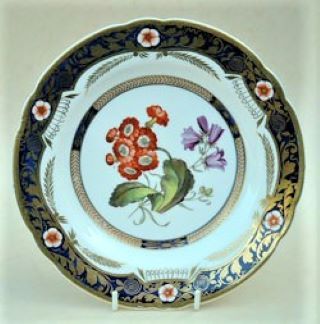
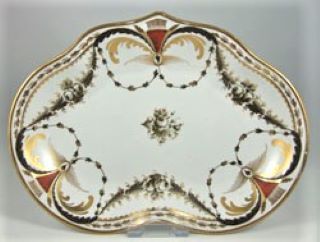
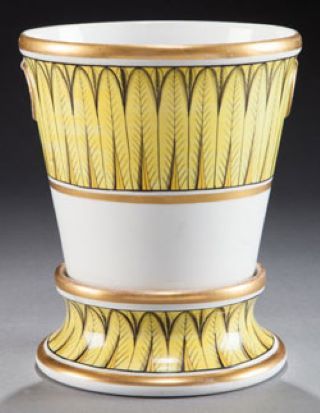
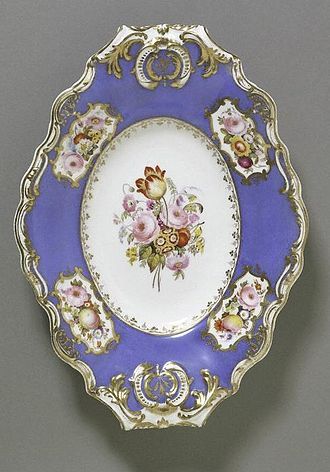
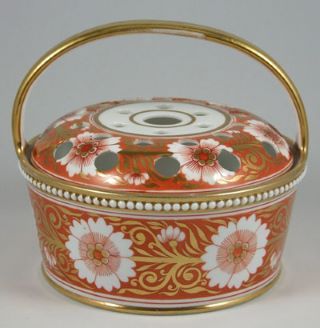
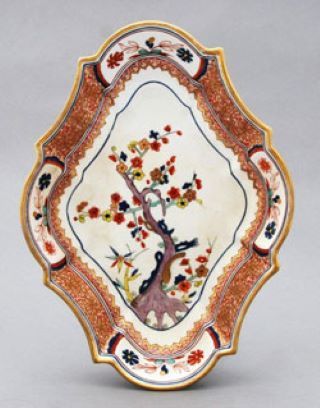
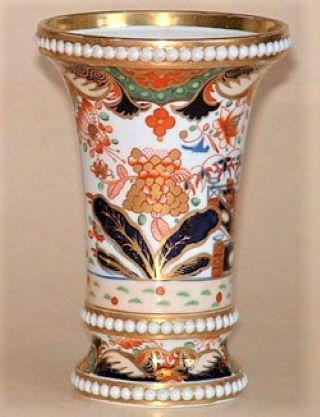
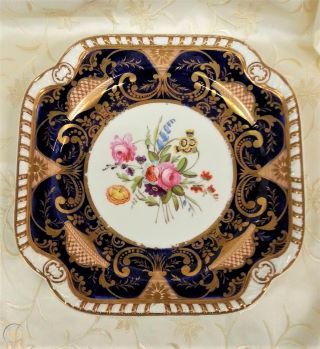
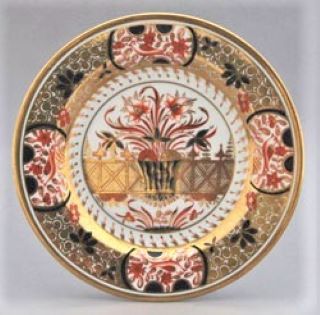
Josiah Spode I died suddenly in 1797 and it fell to his son Josiah Spode II to continue and perfect his father’s developments.
In partnership with a man named William Copeland, Josiah II continued the business for the next thirty years. The company grew to be the largest pottery in Stoke and a pre-eminent manufacturer of fine ceramics of every kind. Josiah II further perfected his father’s fine bone china formula with the addition of feldspar, a colourless rock forming mineral. This development enabled it to outclass all other contemporary English porcelains, not just in terms of beauty but also in reliability of manufacture. Spode’s Feldspar Porcelain is recognised as the forerunner of all modern English Bone China.1
Josiah Spode II was appointed “Potter to the Prince of Wales” when the Prince Regent visited the factory in 1806.
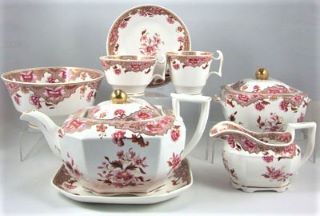
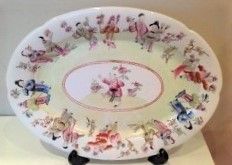
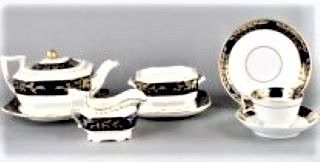
William Copeland died in 1826 and Josiah Spode II died in 1828. From then until 1833, the company was managed by Josiah III, a grandson of Josiah I. However, he was not the heir to the business and did not want to be there as he wanted to emigrate to Hobart, Australia. (As an aside, Josiah III did go to Australia and rose up through the ranks of Tasmanian government employment to become the Principal Superintendent of Convicts, a Magistrate, Coroner and politician). 4
In 1833, William Taylor Copeland, William Copeland’s son, acquired the business in partnership with a Thomas Garrett and the factory’s productions from this period were marked ‘Copeland and Garrett’.
In 1846, William Taylor Copeland acquired the company outright and he and four generations of his descendants controlled the company until 1966. William Taylor Copeland somehow combined ownership of the factory with a career in politics and public life – as an MP and as Lord Mayor of London. 2 Pottery from this period was backstamped as Copeland or WT Copeland and Sons. However, Spode used hundreds of variations of backstamps over it’s 250 year history, so an expert opinion is often needed to date a particular piece!
You wil notice the backstamp on the top left below has the words "White Star Line" included. Spode provided the porcelain in first class in all of the White Star ocean liners, including the ill-fated Titanic.
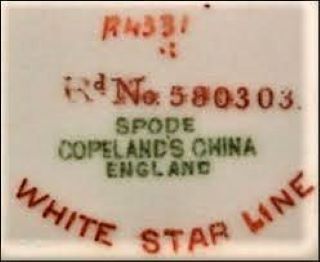
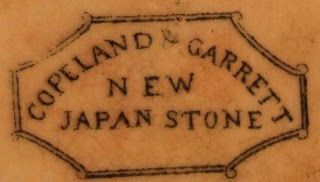
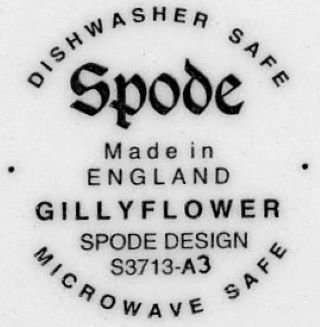

In 1970, the company reverted to the original name of Spode in honour of its founder, and production continued under that name. In 2006, the business merged with Royal Worcester and production was outsourced to the Far East.
The brand names of Royal Worcester and Spode, were acquired by Portmeirion Group on 23 April 2009. Portmeirion Pottery began in 1960 when pottery designer Susan Williams-Ellis took over a small pottery-decorating company in Stoke-on-Trent called A. E. Gray Ltd, also known as Gray's Pottery.1
The Portmeirion factory in Stoke is a short walk from the original Spode works. Much of the production of Spode wares which had been outsourced to the Far East was returned to the UK and the quality of the items produced returned to the high levels it had been prior to outsourcing.1
Both Spode and Portmeirion ceramics are still produced today, and are exported around the world. It is wonderful to see these brands in shops today, and to know their history........
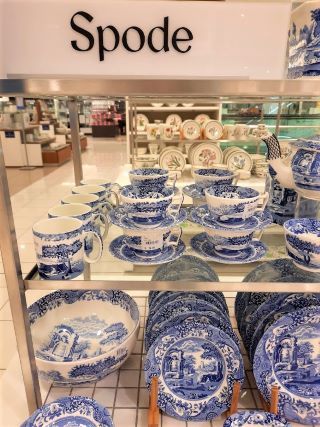
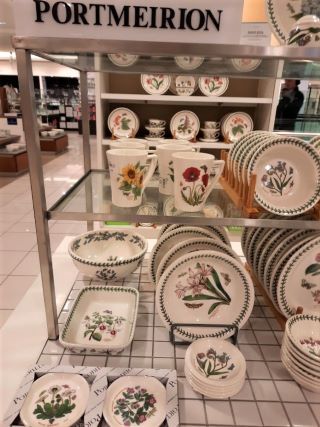
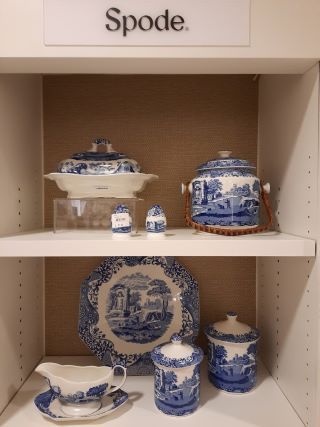
Footnotes
- Spode Museum Trust.org
- Wikipeida
- Spode.co.uk
- https://adb.anu.edu.au/biography/spode-josiah-2686
